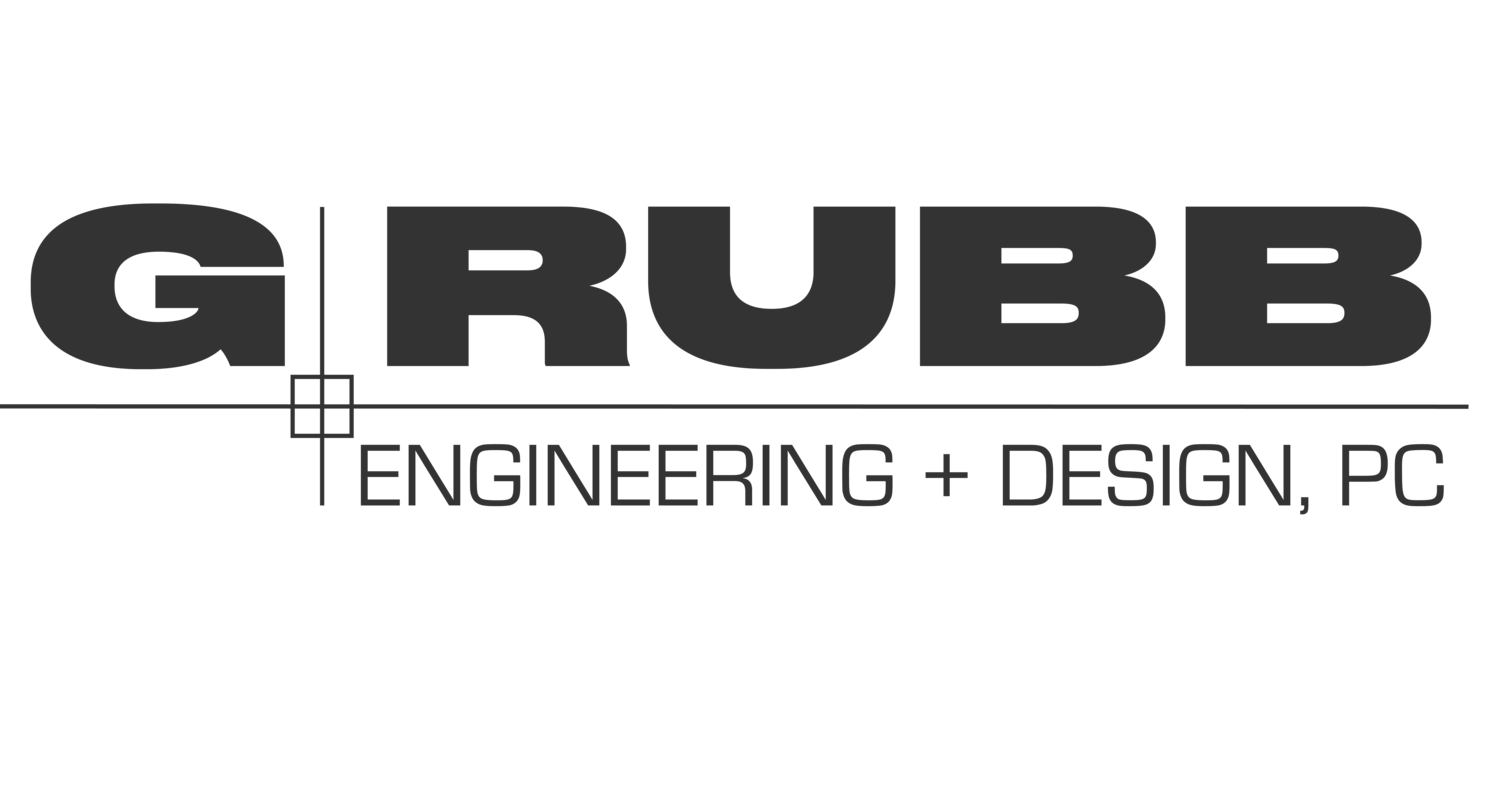AG wrote:
I need to replace a portion of a concrete slab that is used occasionally to play shuffleboard & throw a little basketball.
I received a quote that included 3500 psi with fiber for a 16' x 20' section with a price of nearly $3800.
The original slab has cracked & needs to be removed & a little more fill dirt brought in.
My questions:
1. Do I really need 3500 psi with fiber? This slab gets very little traffic.
2. Does this price sound high for North Carolina area?
It includes removing & hauling off the original, filling in shallow cracks, & sawing a joint across the concrete.
Answer:
AG, let's first talk about the concrete strength. 3,500 psi is a bit overkill for a basketball/shuffleboard court. However, the price difference between 3,500 psi and the more standard 3,000 psi should be very small for the amount of concrete you need (approximately 4 cubic yards). Don't consider this a "premium" upgrade. Now on to the reinforcing... Fiber reinforcing will leave you with a "hairy" surface (from the fiberglass fibers that stick up) that may rub smooth in the high traffic areas after continued use. I can't imagine this would be good for shuffleboard. Don't let anybody fool you, sealing the concrete will only delay the "hairy" appearance. I like fiber reinforced concrete in applications where it will be covered with another material such as carpet, tile, VCT, etc. I suggest you use wire mesh (6x6-W1.4xW1.4) that is placed on concrete bricks so that the mesh is in the middle of the slab, not placed on the dirt and "pulled up" by the concrete guy when he pours (that NEVER WORKS). The slab should be a minimum of 4" thick, the fill dirt should be mechanically compacted (fill 8" and compact, fill another 8" and compact, and so on) and the joint should be cut as soon as the concrete is hard enough to walk on (8 hours or so). If this slab is poured on good, tight soil, you should have no problems for many, many years. Pricewise... it may be a bit high, but if you asked ME to cut and remove the slab, haul in dirt, compact it, pour a new slab and screed it... I'd be charging 3X that amount! It's hard work!
Is it better to put #4 bar 18" on center or 6 gauge wire mesh in 8" thick slab that will see heavy industrial traffic?
No Screen Name wrote:
Is it better to put #4 bar 18" on center or 6 gauge wire mesh in 8" thick slab that will see heavy industrial traffic?
Answer:
The answer is NEITHER. You either want to use #4 at 12" on-center or #5 at 18" on-center for an industrial traffic slab. 6 gauge wire is only 0.162 inches in diameter which, when welded at 6" on-center, gives you 0.0412 square inches per foot of slab. You need 5 times that reinforcing! #5's at 18" gives you 0.207 square inches and #4's at 12" gives you 0.200 square inches. Skimping on the reinforcing now will be very costly later when you have to rip out the cracked, shifted slab!
How thick should a concrete slab tank base be to support a water tank holding 5000 gallons of water?
Jaytee wrote:
How thick should a concrete slab tank base be to support a water tank holding 5000 gallons of water?
Answer:
Jaytee,
Thanks for the question. The answer depends on the size of the tank's "footprint" and the method of support. Let's assume the weight of the water and tank is around 44,000 lbs. If it is a rectangular tank... say 10'x10'x6' tall, an 8" slab (properly reinforced) would be fine. If it is standing up on end... say 8' diameter and 13' tall and resting on 4 legs, you have an 11,000 lb load at each point. You could then use a thinner slab and just thicken the concrete to around 12" (properly reinforced) at each bearing point. Hope that helps. If you want to convey additional information, I could more specifically answer your question!
